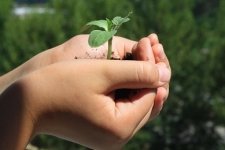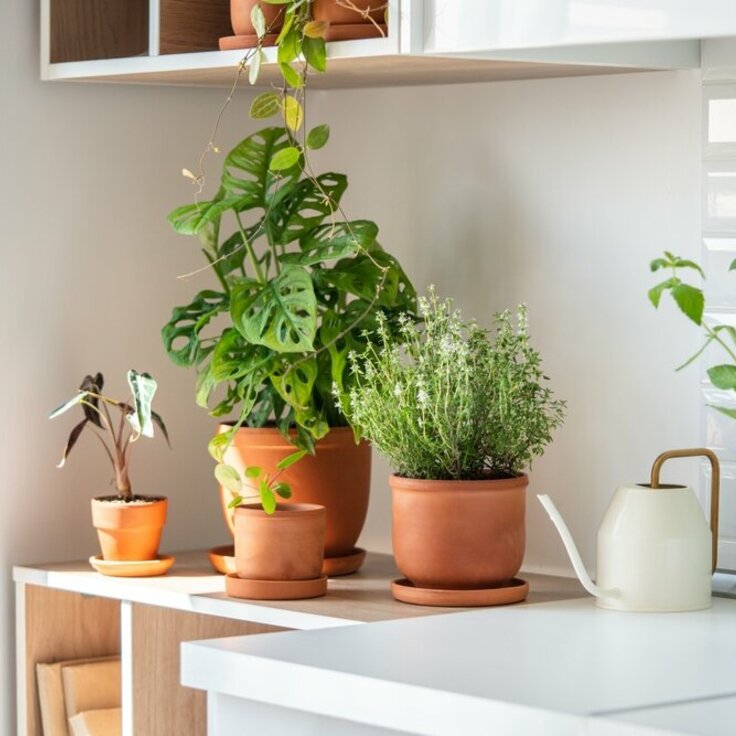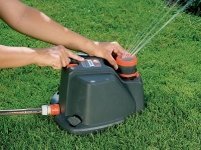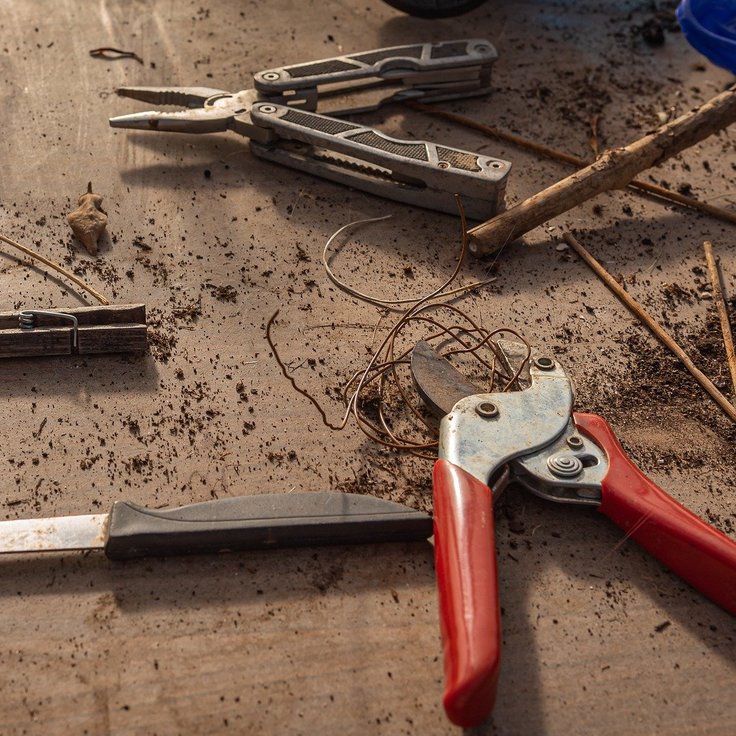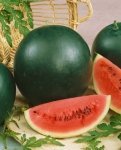The Advantages of Indoor Gardening
Indoor gardening can have quite a few advantages over outdoor gardening. Most obviously, your plants will be protected from birds, animals, and harmful insects when kept indoors. Having plants safe from cold, hail, and other elements is also a definite advantage. And some plants and plant varieties simply grow better indoors than out.
When picking what to grow for your indoor garden, remember to select smaller tomato plants rather than larger types, such as beefsteak for example. Also smaller varieties of carrots, peppers, strawberries, and green onions, are other kinds of vegetables that will grow well indoors. Some plants such as cucumbers and squash will require more indoor space and vine support; and strawberries and dwarf or sugar peas will make excellent hanging plants that are quite attractive.
For containers, you will need to select some from a gardening supply store, or you can improvise your own by finding items in your garage, or at rummage sales. Wooden boxes or baskets lined with plastic bags, barrels and other items can make interesting planters as well.
After selecting some containers, next you will need suitable soil. You may want to use gardening soil or purchase soil already pre-mixed with healthy nutrients and minerals. If you use gardening soil, be sure it contains only decomposed material.
Plan out exactly where in your house your indoor garden will be located. Beans or tomato plants should be situated near a window since they require more sunlight than carrots or lettuce. Keep in mind that leaf and root-producing plants need much cooler spots and less sunlight than fruit and seed-producing plants.
Start your seeds in plastic tubs, or use abandoned egg cartons, and set them up in a proper area. Follow the easy-to-understand instructions on the back of the packages for best results. When the young plants are about two inches in height, transplant them into larger containers; and when transplanting, keep in mind that drainage can be a problem when growing indoors.
Use mulch to help maintain proper amounts of moisture in the soil. Also misting some of the plants with a sprayer is necessary to simulate dew. But don’t mist them when the sun is shining directly onto the plants. Try to imitate natural outdoor rain and dew conditions when watering. Don’t overwater on hot sunny days either. You may also want to check the moisture content of the soil with a moisture meter.
Indoor plants that are properly selected, maintained, and arranged can make your home look more natural, environmentally friendly, and highly attractive, while also bringing out qualities in your home decor. The list of different indoor plant varieties available for growing also continues to increase every year as new hybrids are developed.


